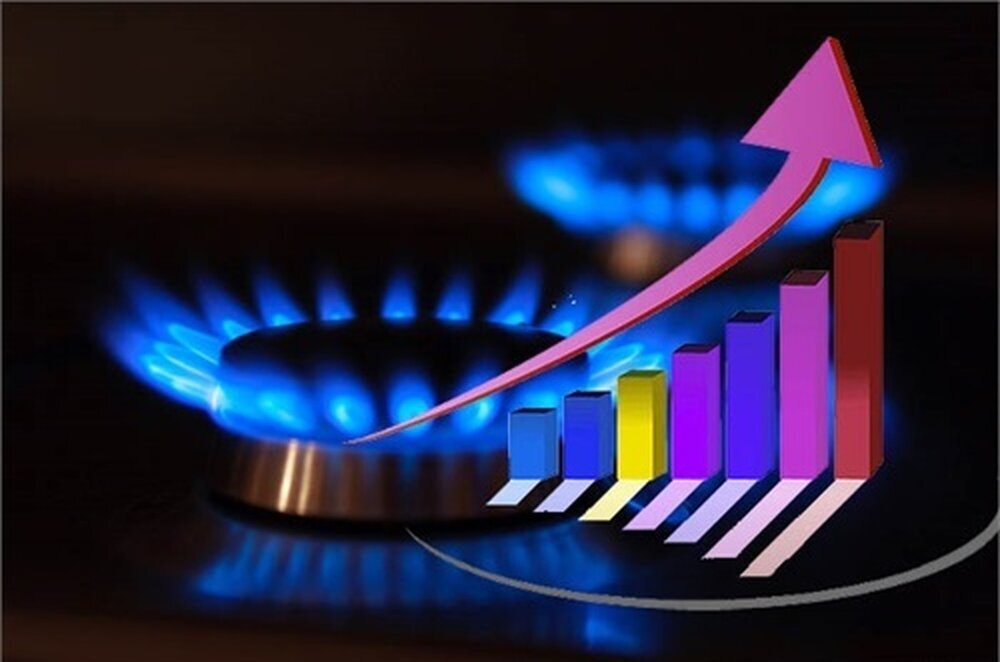Annual gas consumption rises 6%

TEHRAN- Gas consumption by domestic and commercial sectors in Iran increased by six percent in the past Iranian calendar year 1401 (ended on March 20), the head of the state-run National Iranian Gas Company (NIGC)’s Dispatching Department announced.
Mohammad-Reza Joulaei said that the increase in gas consumption in the domestic sector causes restrictions in other sectors, including major industries, power plants and petrochemical feed at the peak time.
Back in January, the head of the Tehran Chamber of Commerce, Industries, Mines and Agriculture (TCCIMA) Energy Committee warned about the serious imbalance between the country’s natural gas production and consumption in the future.
Speaking to a local newspaper, Reza Padidar emphasized that since South Pars gas field currently accounts for 70 percent of the country's natural gas production, the current trend of consumption and the lack of investment in this field will lead to a severe imbalance between supply and demand in the coming years.
As the TCCIMA portal reported, Iran is currently the third gas-producing country in the world and the second country in terms of natural gas reserves, however, according to official data gas consumption in Iran is also twice as much as in the European Union.
According to Padidar, more than 80 percent of the 870 million cubic meters of gas produced in the country is used by the domestic and commercial sectors during the cold season.
He noted that most of the above-mentioned consumption is accounted for by high-consuming households that use four to five times more gas than regular consumers.
Stating that the best policy in dealing with such subscribers is to use price reform mechanisms, Padidar said: “An effective tiered pricing policy for high-consuming subscribers is precisely the model that will lead these people to modify their consumption patterns.”
He further expressed dissatisfaction with the current level of investment in the country’s gas fields, saying: “If investments were made [in the country’s fields] according to economic forecasts and plans, of course, the country's oil and gas production would increase significantly and energy exports would also take a more appropriate path. In this context, it should be said that the lack of investments has caused the production of energy carriers, especially natural gas, to be far from what is expected.”
South Pars field covers an area of 9,700 square kilometers, 3,700 square kilometers of which, called South Pars, are in Iran’s territorial waters in the Persian Gulf. The remaining 6,000 square kilometers, called North Dome, are situated in Qatar’s territorial waters.
The field is estimated to contain a significant amount of natural gas, accounting for about eight percent of the world’s reserves, and approximately 18 billion barrels of condensate.
The average daily production of natural gas in Iran’s South Pars gas field currently stands at 700 million cubic meters, according to Pars Oil and Gas Company (POGC) which is in charge of developing the field.
MA
